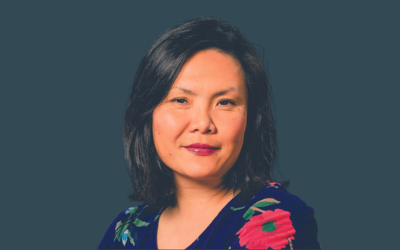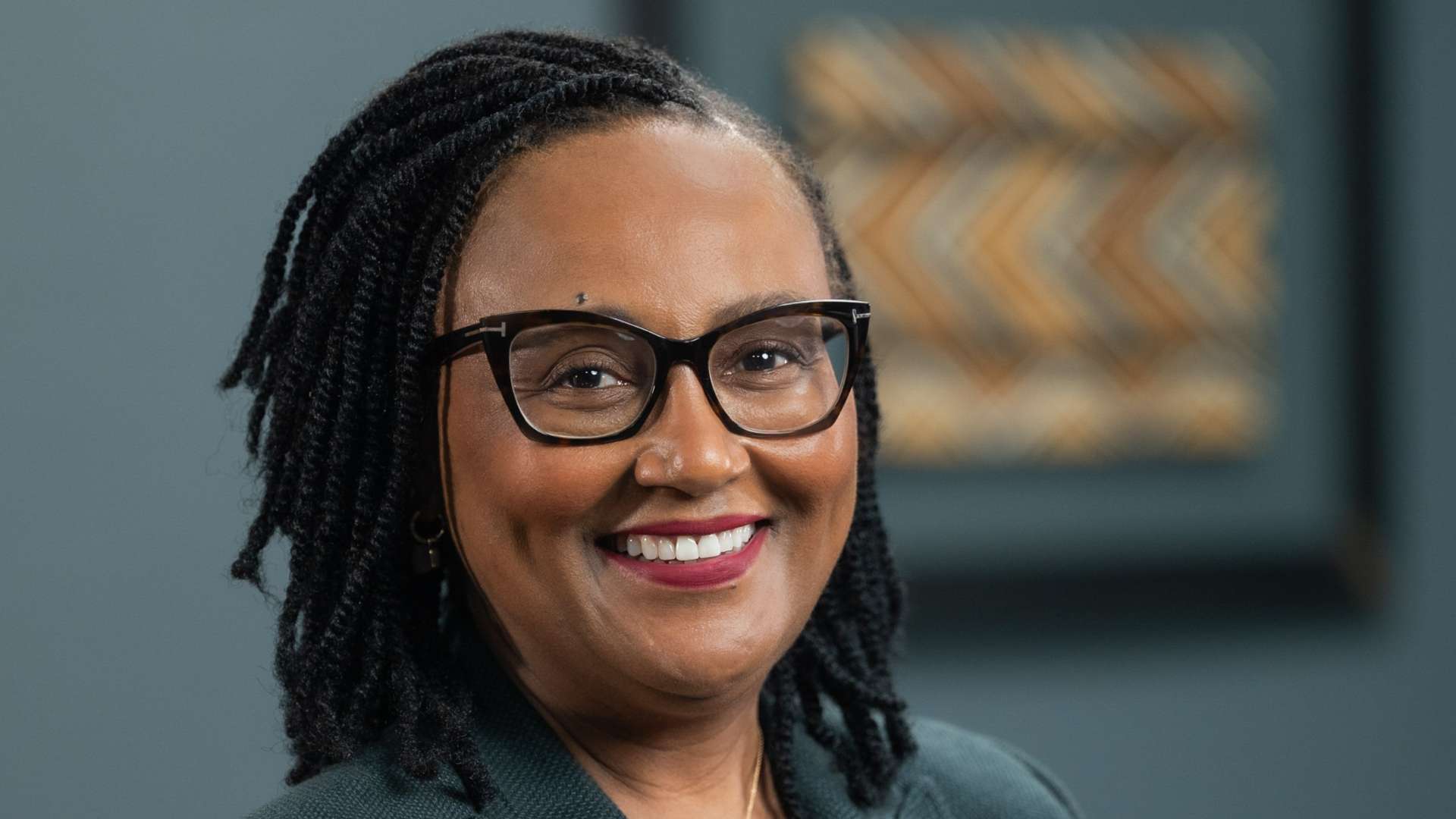There’s an organizational competency which is rarely discussed but much needed.
Similar to many of you, I’ve been thinking a lot about hope in our personal lives. Sometimes hope feels fleeting – an emotion that I can’t sustain for very long by myself. At other times, it feels as real and present as my kids when I’m trying to manage their virtual school. Yet on a larger scale, where do we encounter hope as a focus of discussion? It comes up in spiritual and political rhetoric – yet when it comes to business leadership, it’s not a topic that is often spoken about. Why not? We are living through times when it would be easy for our employees to succumb to fear of the uncertain and unknown. Leaders could be doing more to cultivate the capacity to hope as an organizational competency. Hope is not as inconstant as our emotional responses, and, as leaders, we can actually harness hope to help create durable, positive change in our businesses.
In his book Making Hope Happen, Shane Lopez – a psychologist, and formerly a senior scientist at Gallup – demystifies hope and clarifies the ways in which being a hopeful person is different from being a wishful person. Hope is active, and hopeful people share three characteristics. They can imagine the future they want and set goals. Their awareness of their agency enables them to move toward their goals. And they can envision multiple, tangible, pathways to achieve those goals. This last one is particularly exciting in the context of today’s societal focus on diversity, equity and inclusion in many nations around the world. In my experience, the best way to surface multiple pathways is to invite different perspectives.
Building on the characteristics identified by Lopez, I’d add the cultivation of curiosity. In the business world, we’re seeing curiosity built into the notion of continuous learning – an ongoing, future-oriented process that relies on innovation and initiative. Maintaining a spirit of curiosity about the future – as opposed to over-confident certainty – causes us to ask different questions about our future, which can put us on a path to imagining or reimagining positive potential alternatives to our current trajectory.
Learning to be hopeful is within all of our grasps. A fantastic way to practice is to account for the good that is already happening around us. We can train our eye to notice the positive and take stock of signs of progress, rather than focusing on gaps and deficiencies, and let them inform our narrative of what is possible. A good example of this is found in the story of Michael Sorrell, the longest-serving president of Paul Quinn College, an HBCU (historically black colleges and universities in the US) in Dallas, Texas. When Sorrell became its president, Paul Quinn was nearly bankrupt, with a disengaged student body and crumbling infrastructure. He rallied his team with a powerful battle cry: “Remember our assets over our deficits.” They rebuilt the college by taking account of what they had, such as a football field that they converted into an organic farm to produce food for the community, and training themselves to see and leverage the good works that existed. Seeing the good also reinforces the sense of personal and collective agency.
Hope, then, is not just an emotion. It is steeped in reality and action. It’s a core part of organizational resilience. The assets for fostering hope already exist in our organizations. We just have to see it, harness it, and unleash it to make maximizing the capacity of hope a core part of our culture. Hope starts with us.




